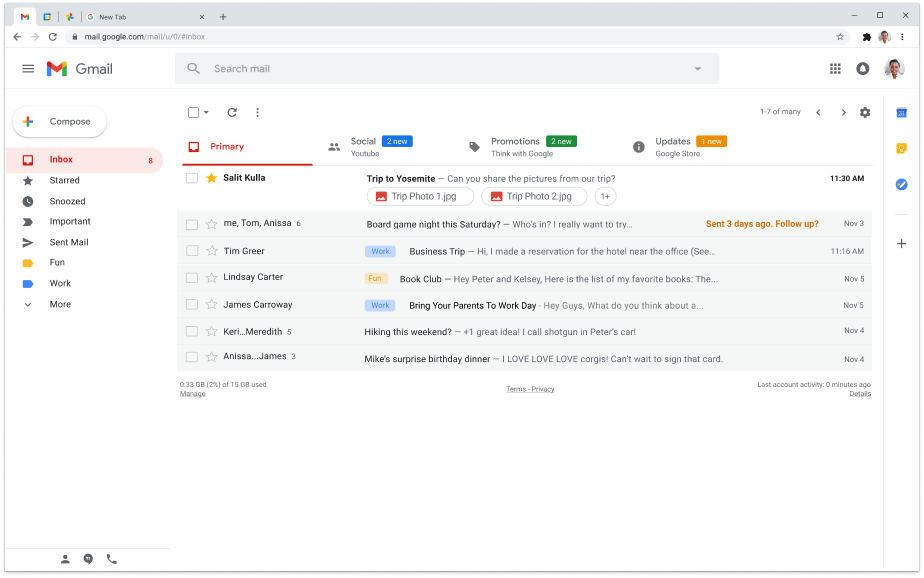

- #Best configuration for google chrome on mac mac os x#
- #Best configuration for google chrome on mac android#
- #Best configuration for google chrome on mac windows#
This can lead to profile version errors (“Your profile can not be used because it is from a newer version of Google Chrome”).

Unfortunately this means that inside the session we don't get separate defaults for different channels (Stable, Beta, Dev) or for Chrome vs. Therefore, it's desirable for Chrome to have a separate user data directory when running inside a Chrome Remote Desktop (CRD) virtual session on a Linux host.īy default, CRD achieves this by setting $CHROME_USER_DATA_DIR in the session.
#Best configuration for google chrome on mac windows#
Chrome Remote Desktop sessions (Linux)Ī single Chrome instance cannot show windows on multiple X displays, and two running Chrome instances cannot share the same user data directory. The -user-data-dir flag takes precedence if both are present. On Linux, the user data directory can also be overridden with the $CHROME_USER_DATA_DIR environment variable. google-chrome -user-data-dir=/path/to/foo.Overriding the user data directory via the command line is not supported on iOS. Platforms not building with the file may not have implemented the override. The override happens in chrome/app/chrome_main_. On most platforms, the user data directory can be overridden by passing the -user-data-dir command-line flag to the Chrome binary. Overriding the User Data Directory Command Line Library/Application Support/Google/Chrome.The default location is inside the application support directory in the app sandbox. The default location comes from Context.getDir and is specific to the app.Įxample: /data/user/0//app_chrome iOS
#Best configuration for google chrome on mac android#
The default location is: /home/chronos Android Note that $XDG_CONFIG_HOME affects all applications conforming to the XDG Base Directory Spec, while $CHROME_CONFIG_HOME is specific to Chrome and Chromium. The ~/.config portion of the default location can be overridden by $CHROME_CONFIG_HOME (since M61) or by $XDG_CONFIG_HOME. (The beta and dev channel suffixes are determined from $CHROME_VERSION_EXTRA, which is passed by the launch wrapper script.) (The canary channel suffix is determined using the CrProductDirName key in the browser app's ist.) Linux
#Best configuration for google chrome on mac mac os x#
(The canary channel suffix is determined using InstallConstants::install_suffix.) Mac OS X %LOCALAPPDATA%\Google\Chrome SxS\User Data.%LOCALAPPDATA%\Google\Chrome Beta\User Data.%LOCALAPPDATA%\Google\Chrome\User Data.The default location is in the local app data folder:




 0 kommentar(er)
0 kommentar(er)
